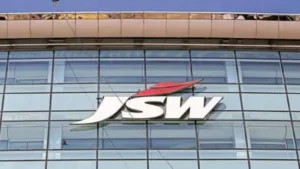Shares of AU Small Finance Bank fell more than 5% in early trading on July 24 after the lender announced a decline in asset quality in the April-June quarter.
Despite recording 44% year-over-year growth in net profit, the lender’s asset quality deteriorated in the first quarter. Lenders’ total bad assets increased to 1.76% in the first quarter from 1.66% in the previous quarter. Net NPA also increased to 0.55% from 0.42% in the previous quarter.
In addition, net interest income also increased 27.7% year-on-year to Rs 1,246.2 crore but remained flat due to a 40 bps drop in profit margin. As a result, due to the underperformance of the lender in the first quarter, at 10:18 am, shares of Small Finance Bank AU were trading down 4.4% to Rs 734.40 on the National Stock Exchange.
Foreign brokerage firm Morgan Stanley also pointed out that the lending margin adjustment is above the company’s expectations. However, the company also attributed some of the weakness in the quarter to low seasonality. As a result, Morgan Stanley expects margins to recover from the second half of the year, coupled with strong loan growth that will boost capitalization for lenders.
Motilal Oswal Financial Services has also refined its estimates following lackluster lender results and now expects the company to post a CAGR (compound annual growth rate) of 28% in fiscal year 23-25, with a return on assets (ROA)/RoE (return on equity) of 1.9%/17.4% in fiscal 2025. The company has a “neutral” stance on Microfinance Bank AU, with a price target of Rs 810. On the other hand, Kotak Institutional Equities also pointed to the lender’s high valuation, which prompted the company to issue a call to “sell” the stock. Similarly, KIE has a target price of Rs 600 for the stock, reflecting a potential drop of around 22% from the previous closing price.
KIE also believes that the lender’s higher valuations are a result of its consistent performance, seen over the past few years. “However, we are now in a period where disparities from peers in performance and asset quality metrics may narrow, while lenders themselves must overcome operational profitability challenges,” KIE said in its report.





